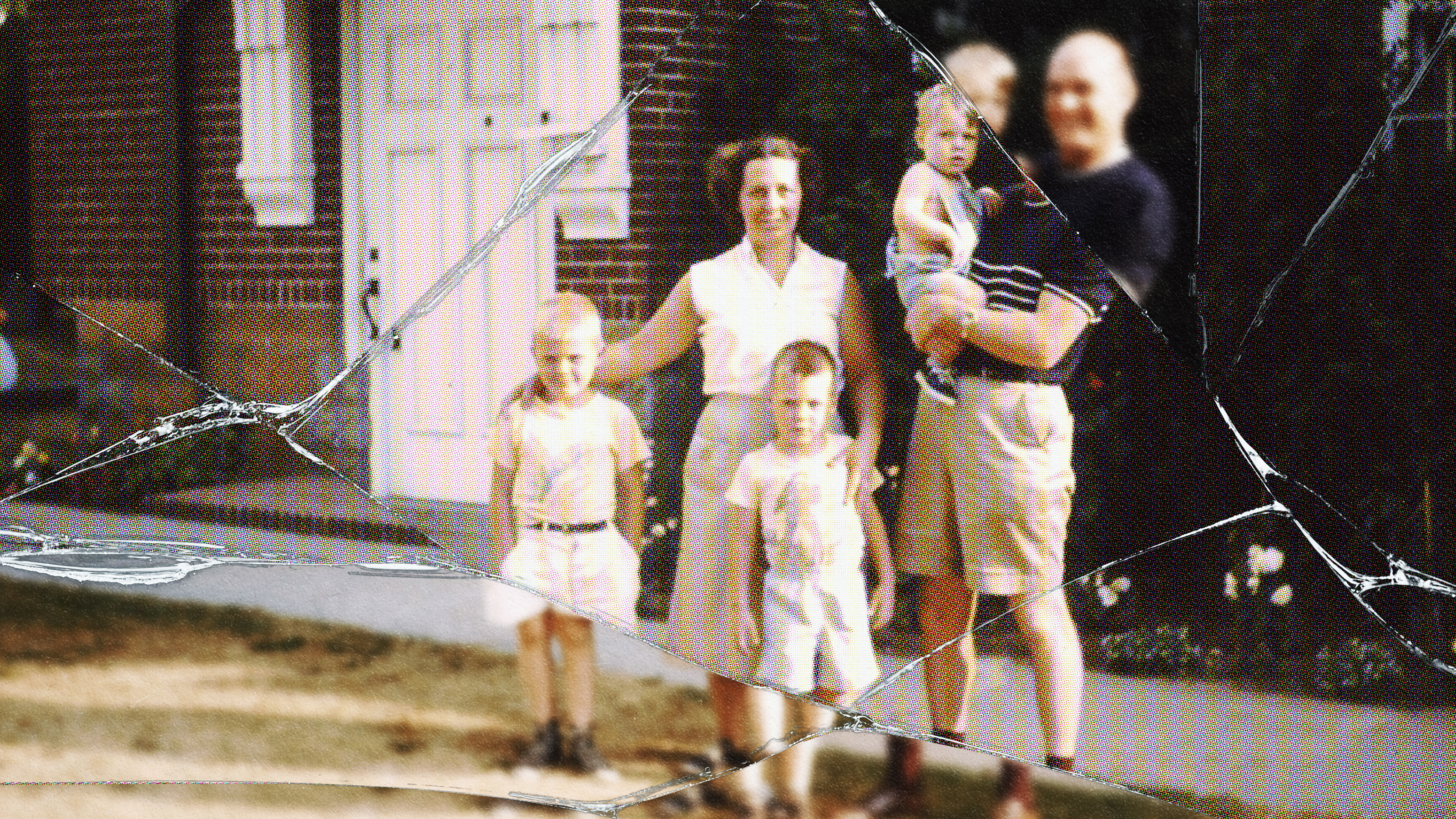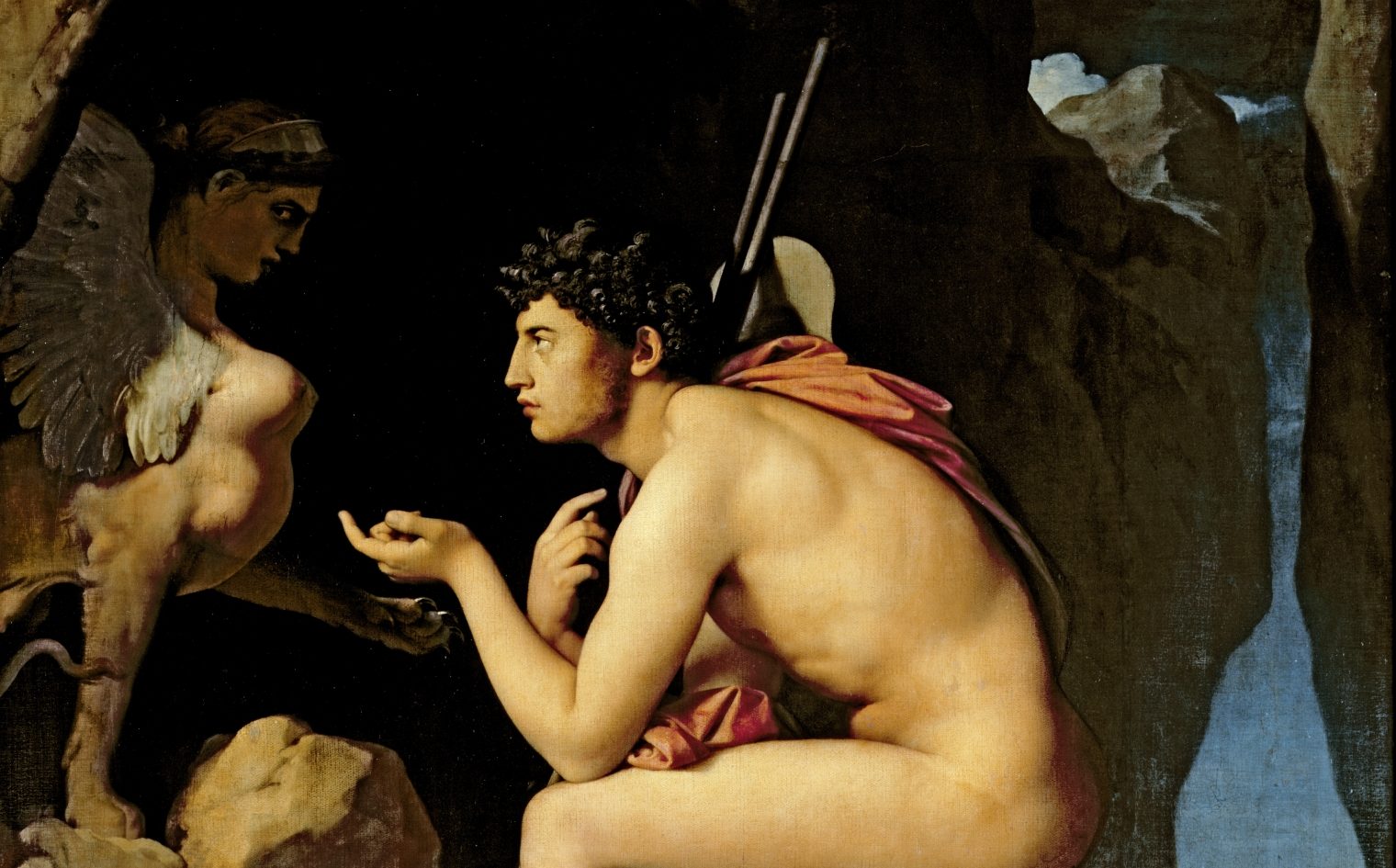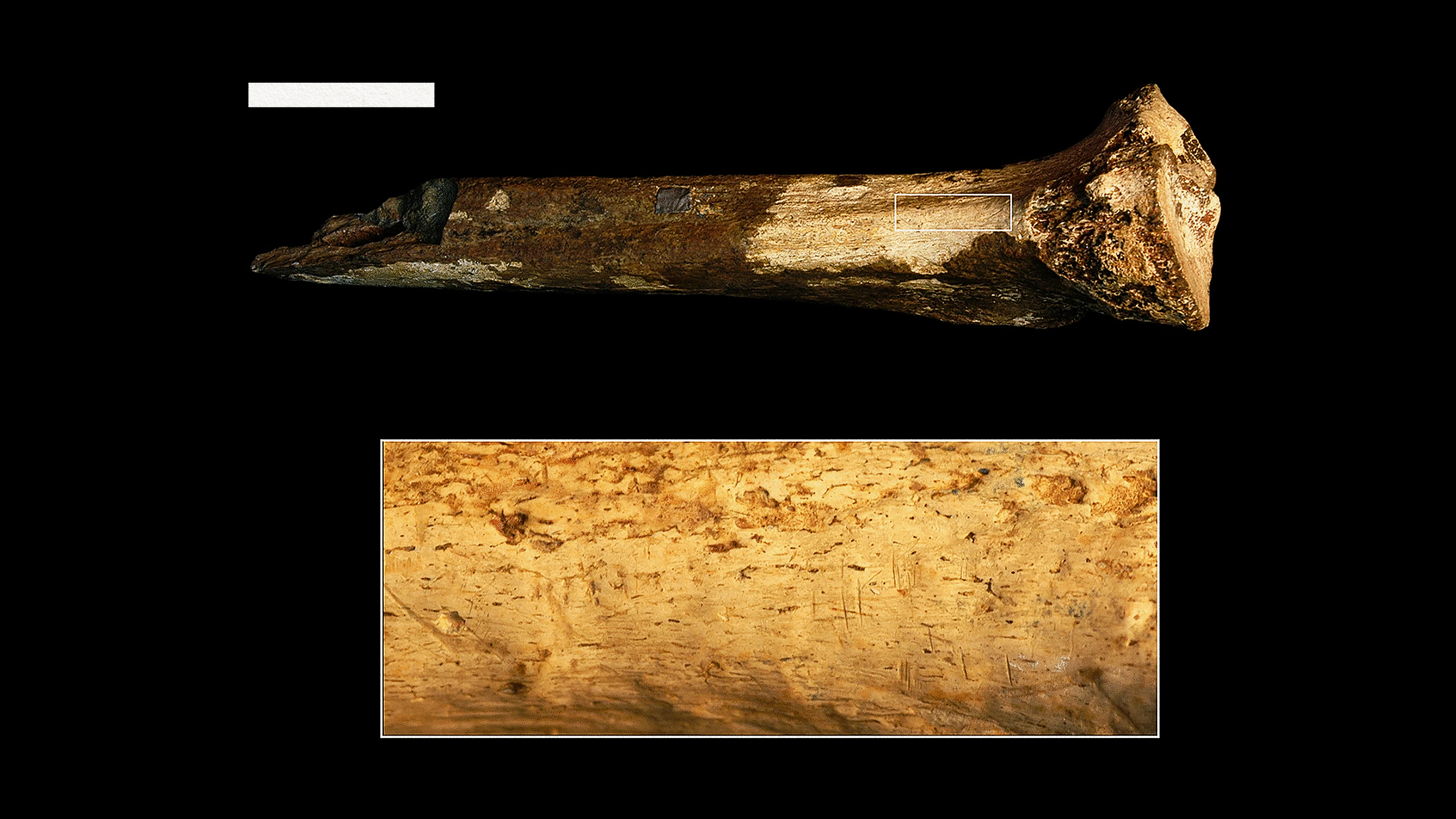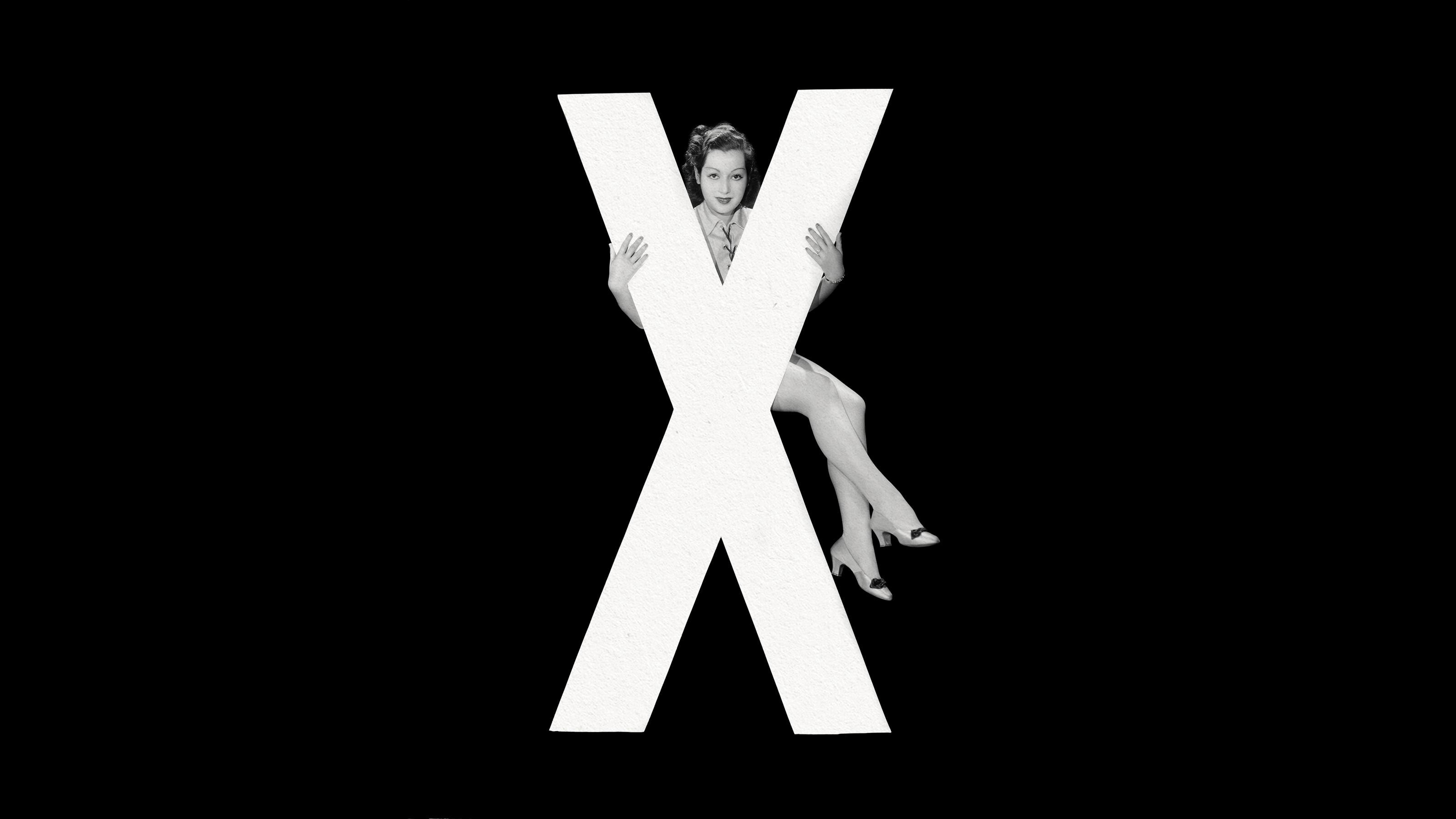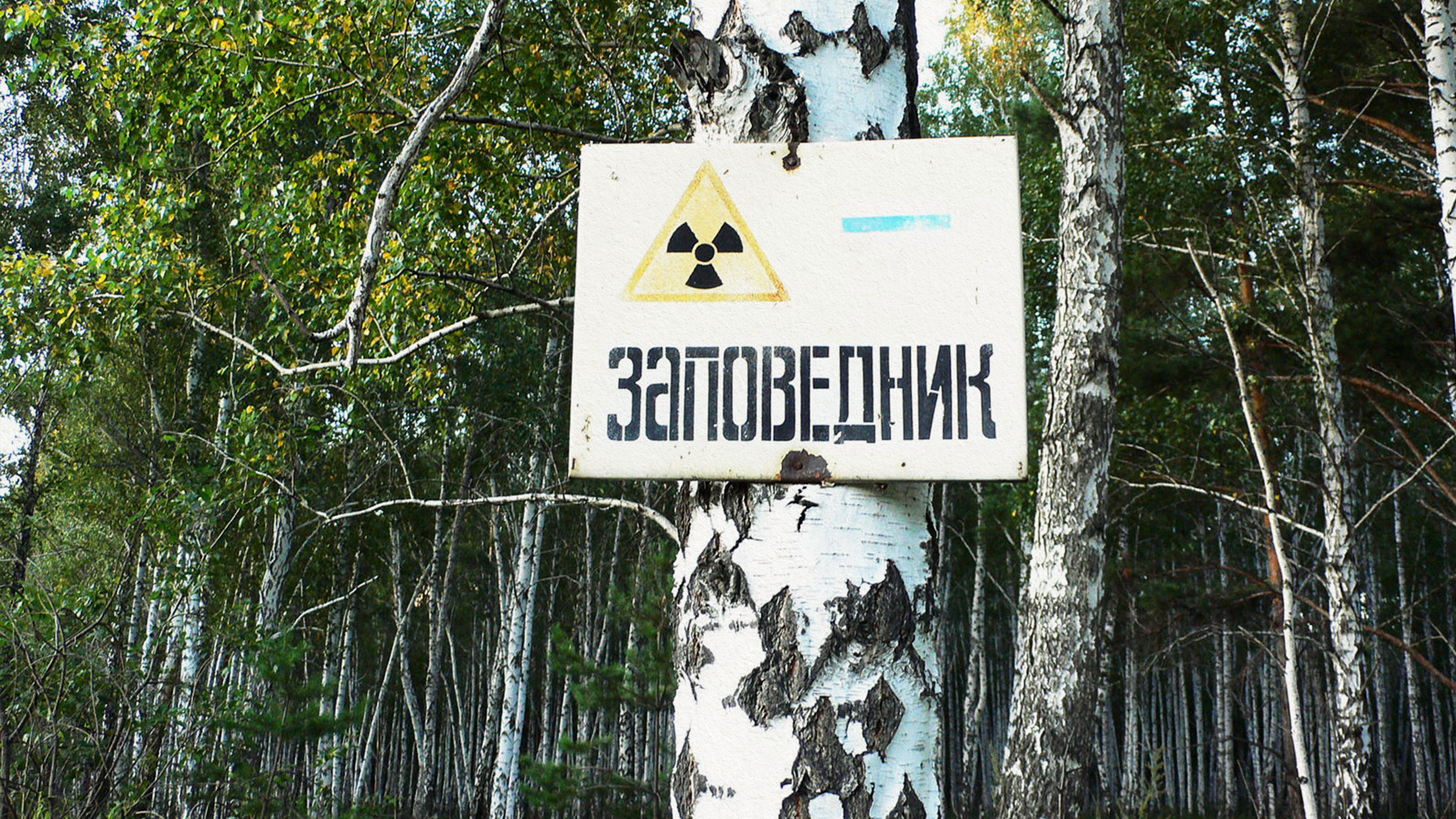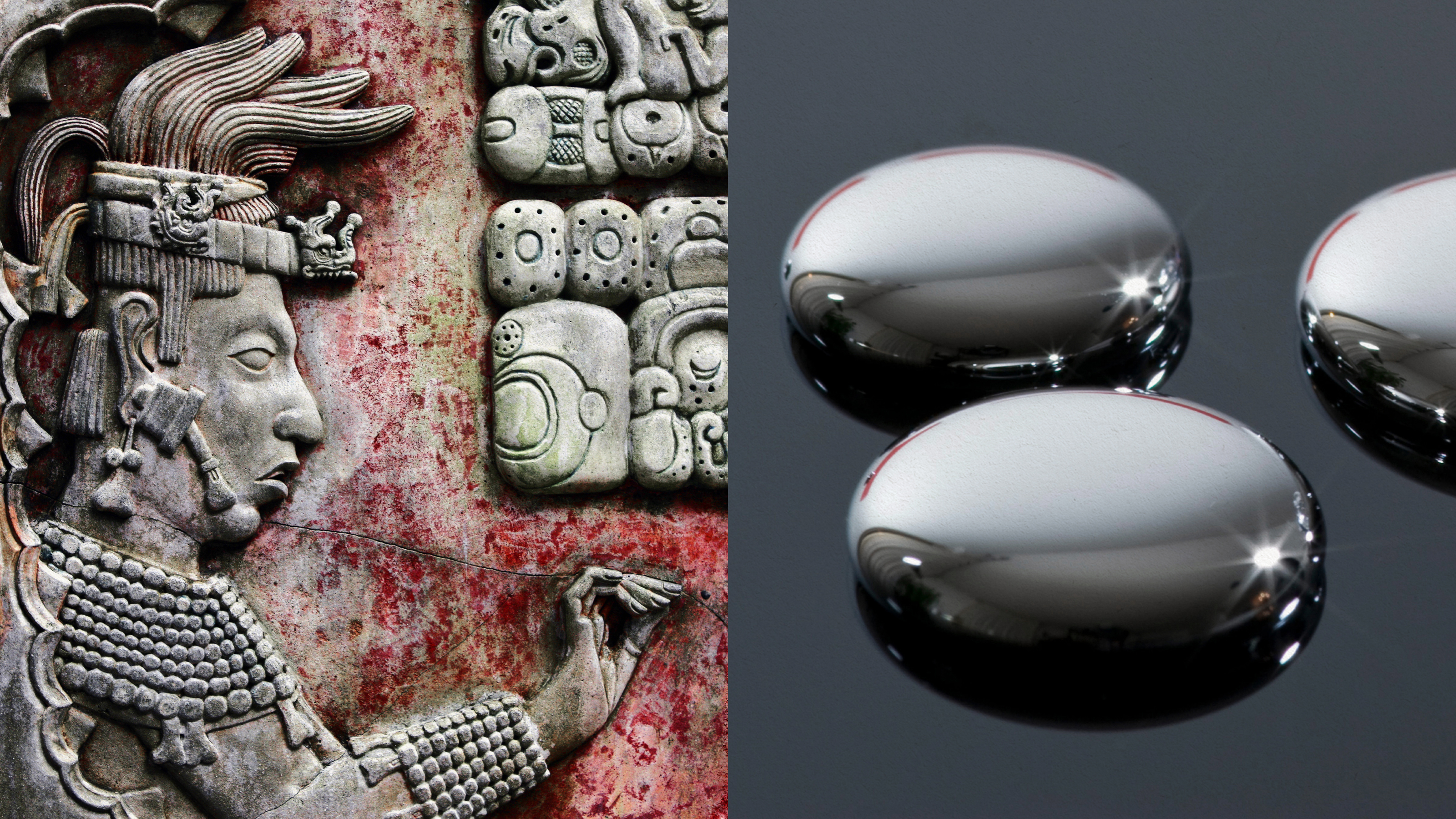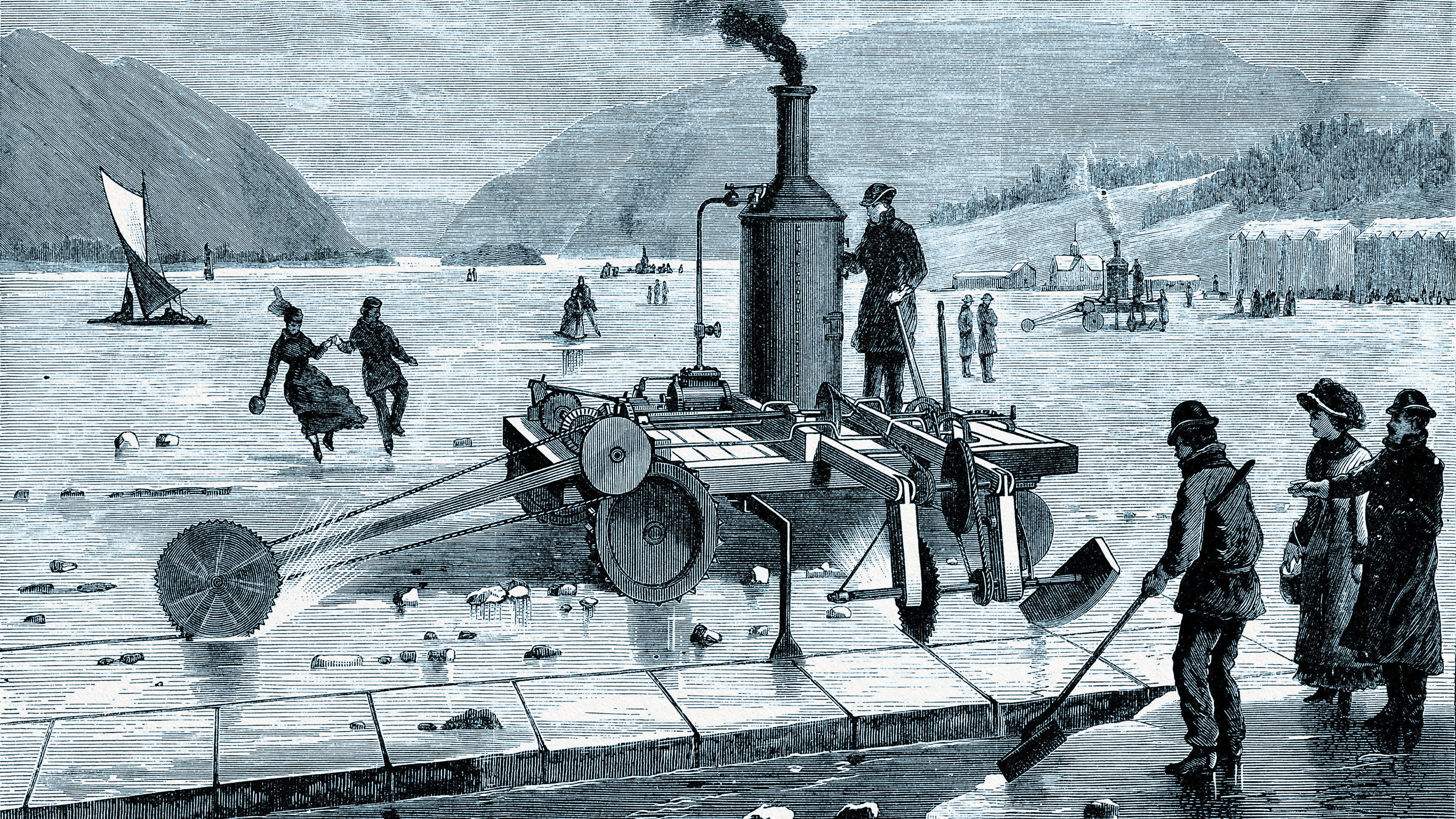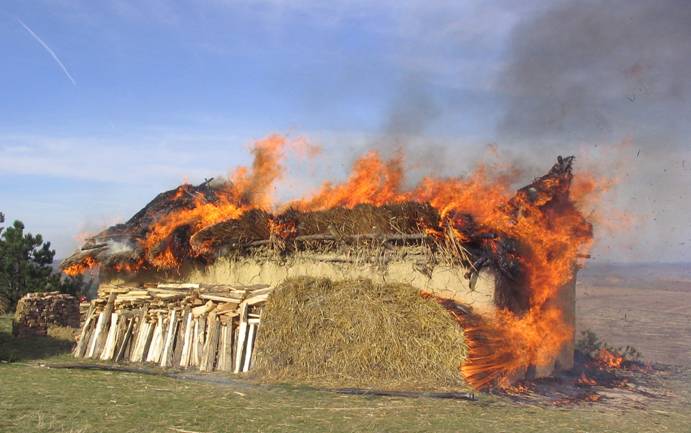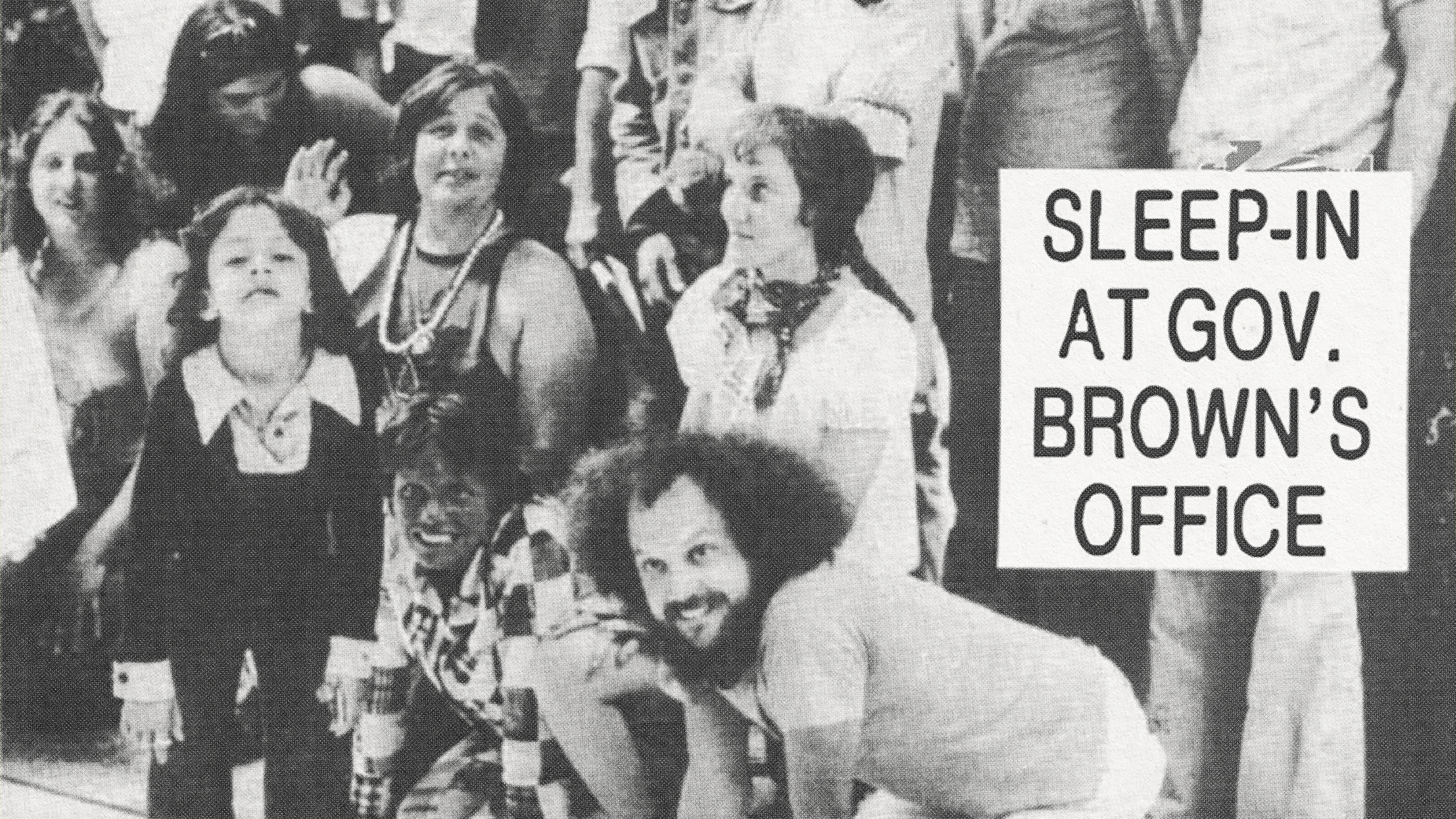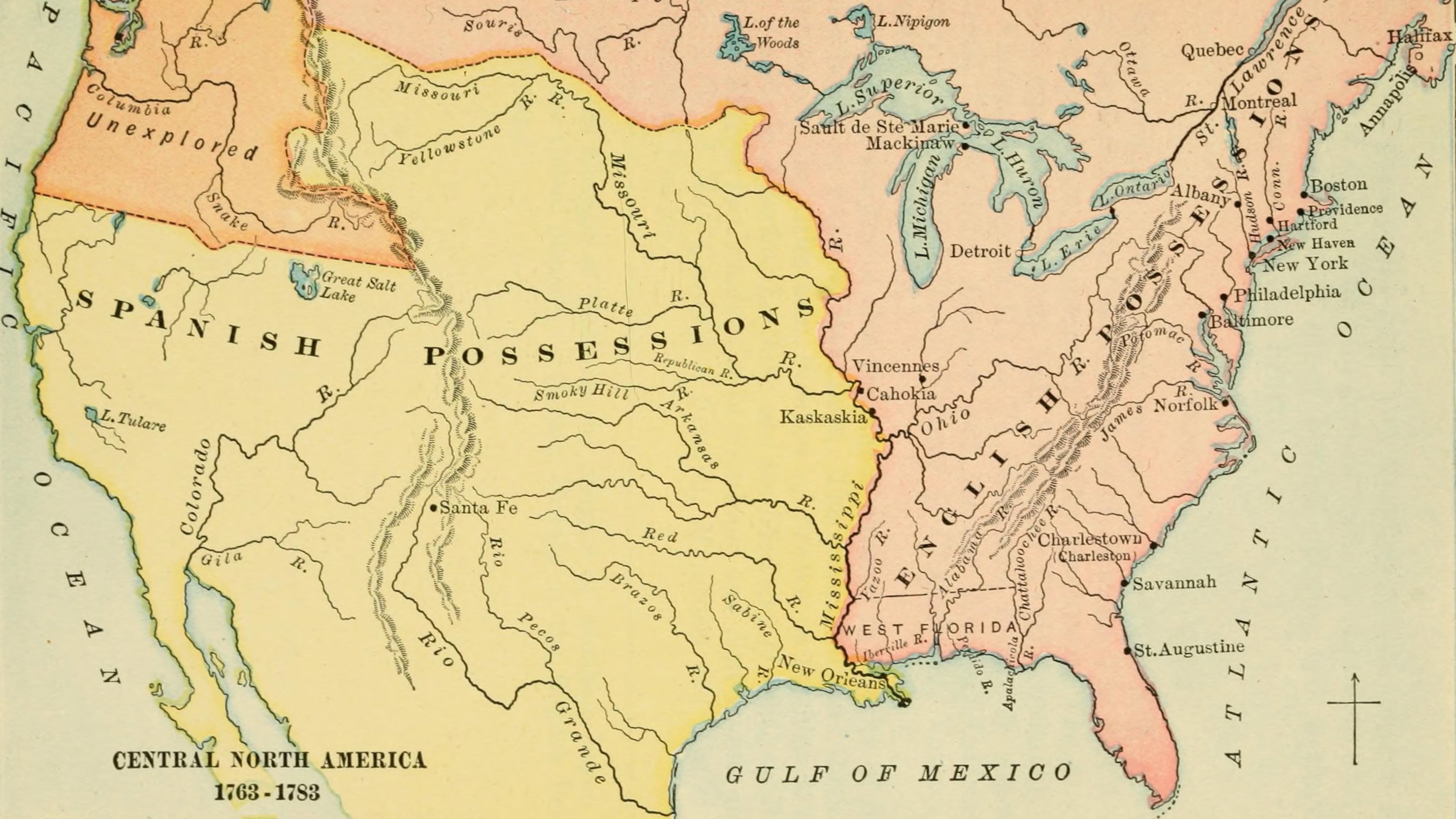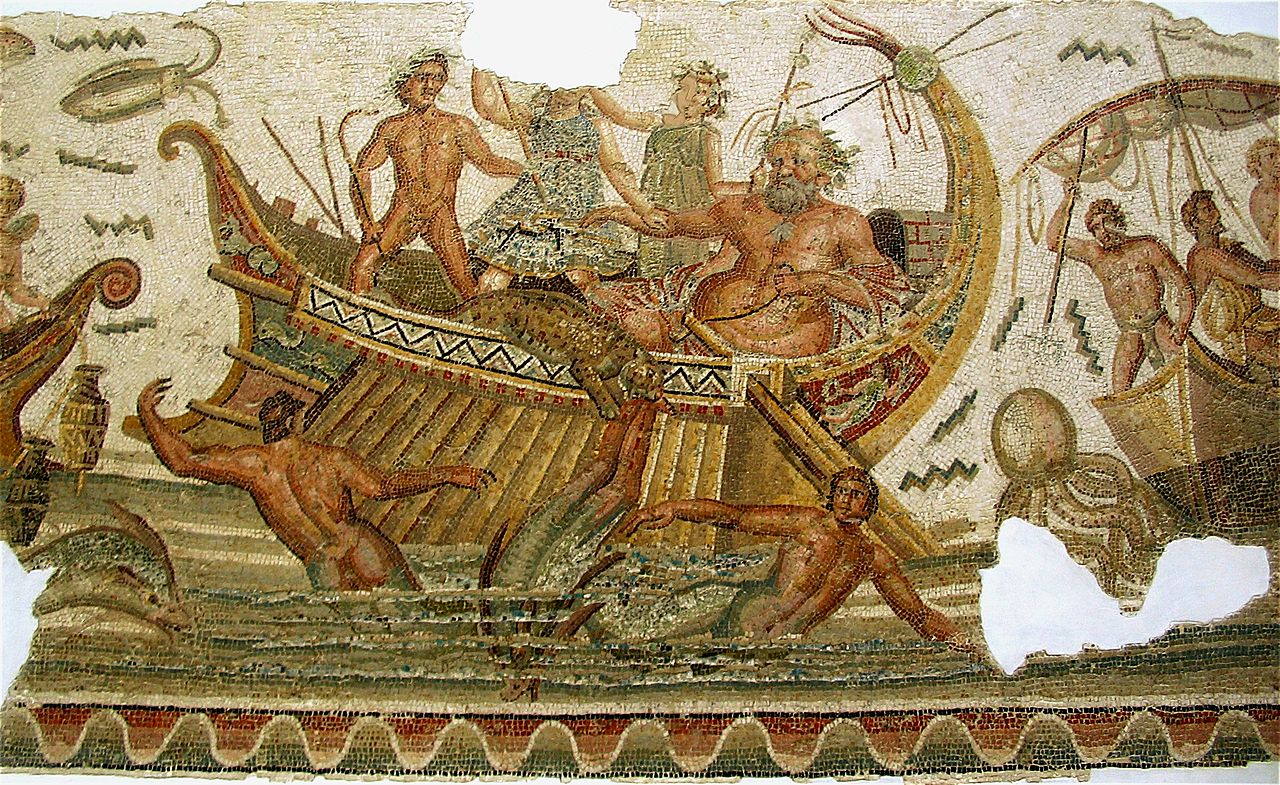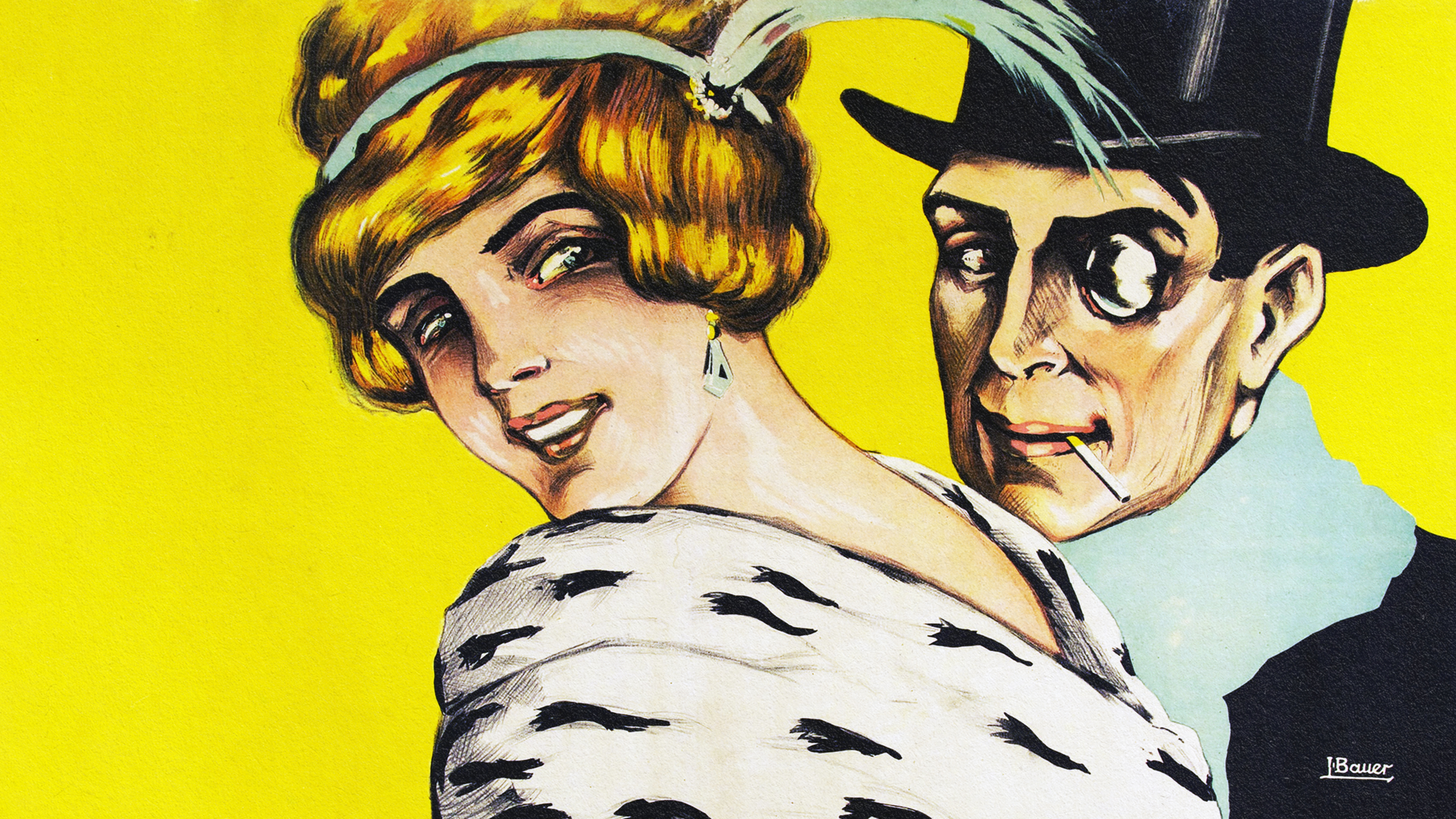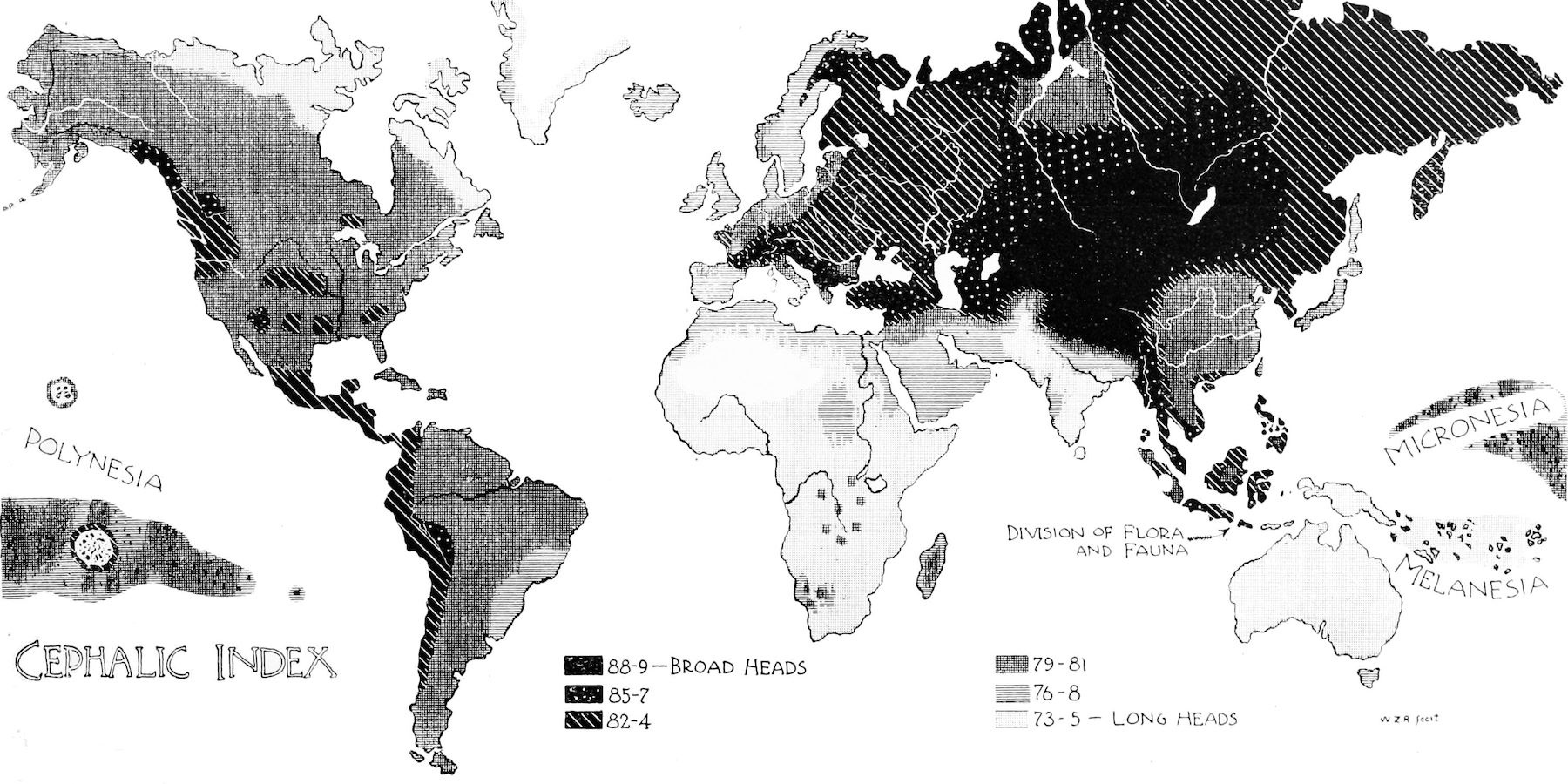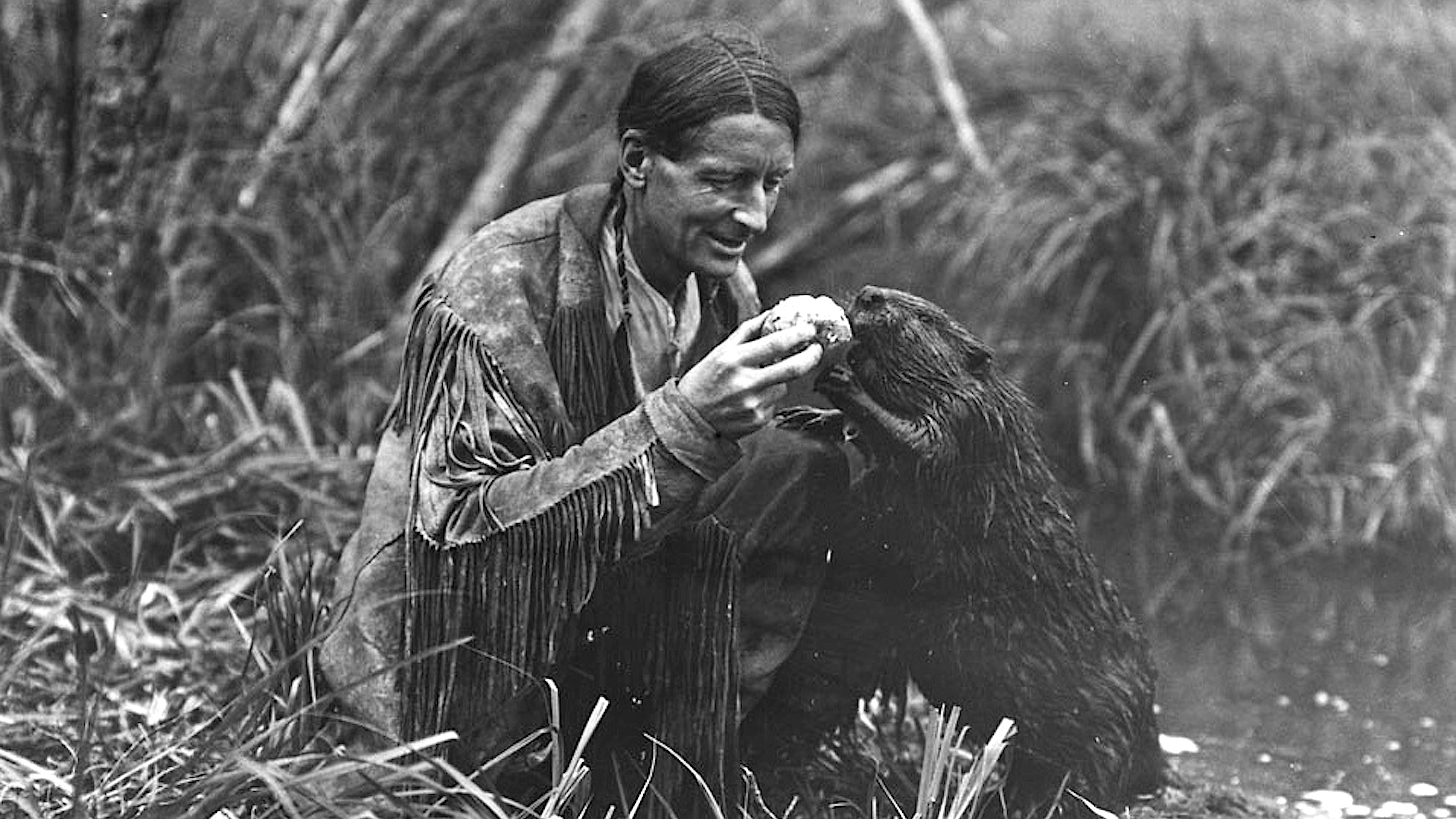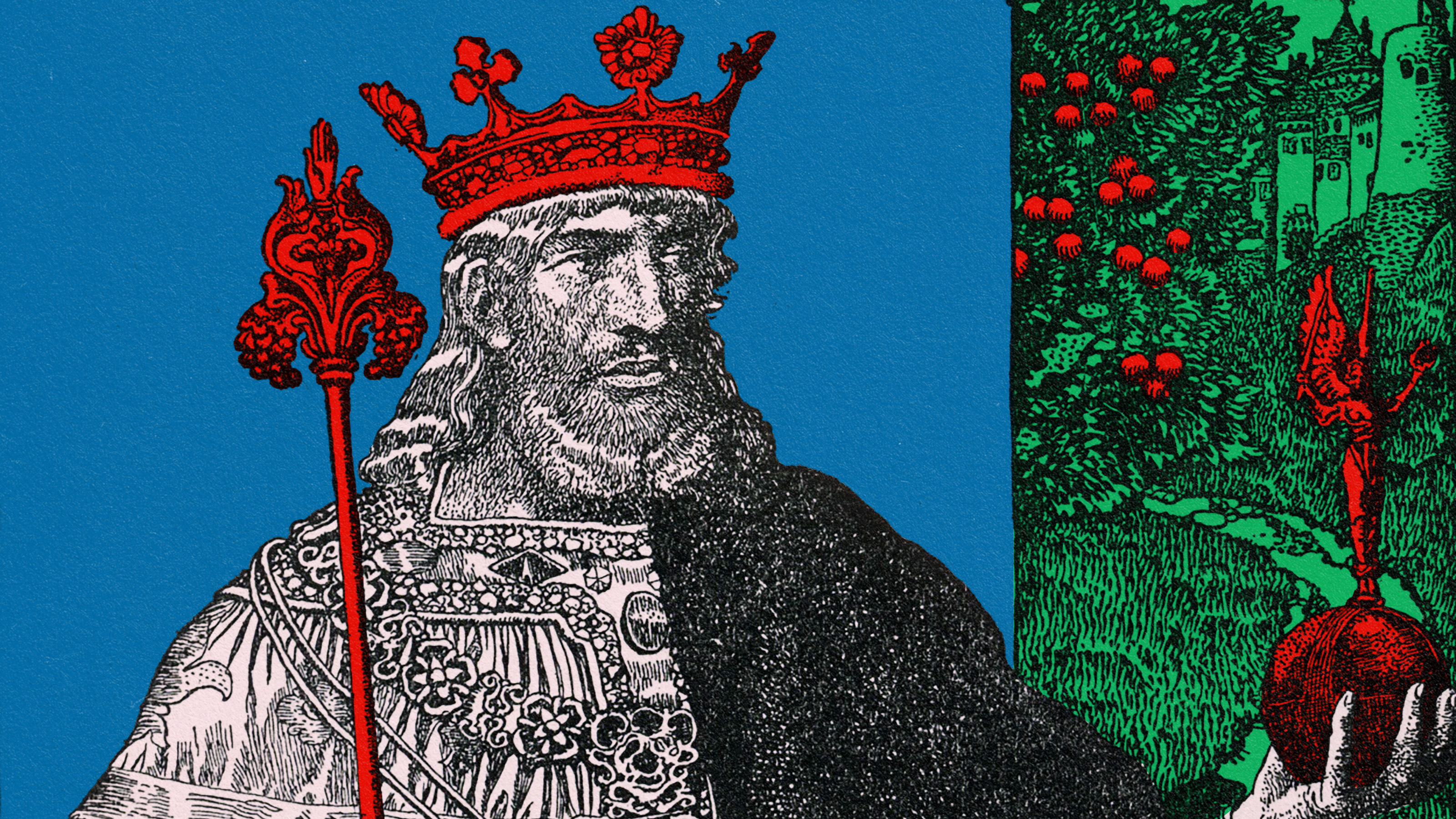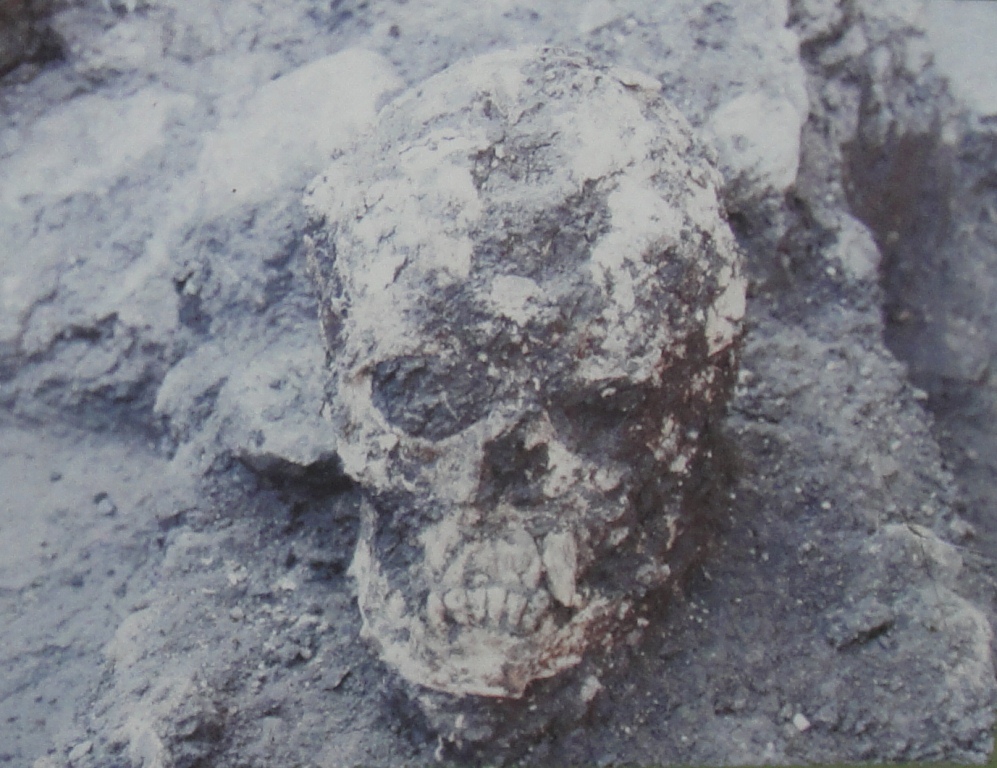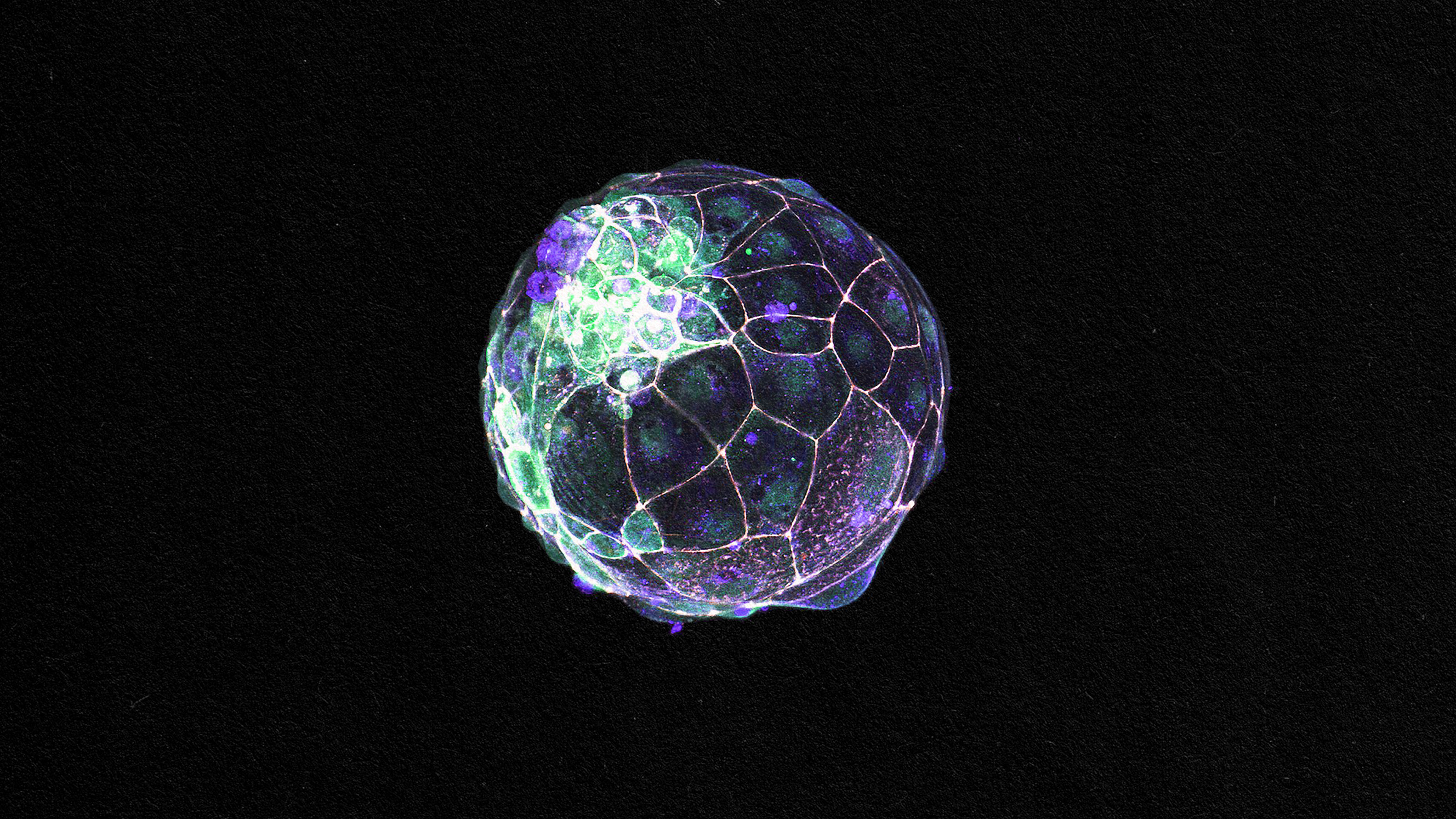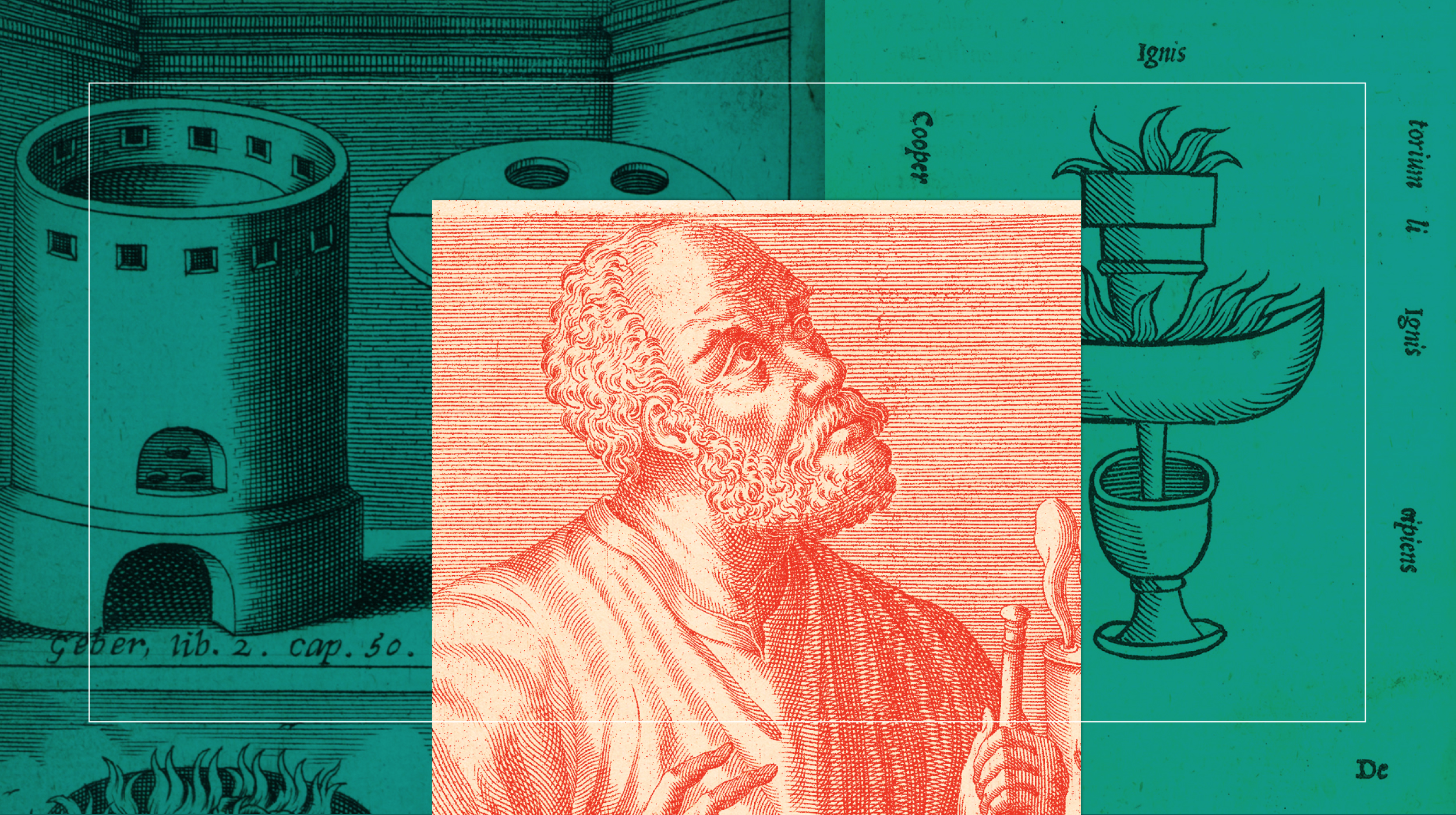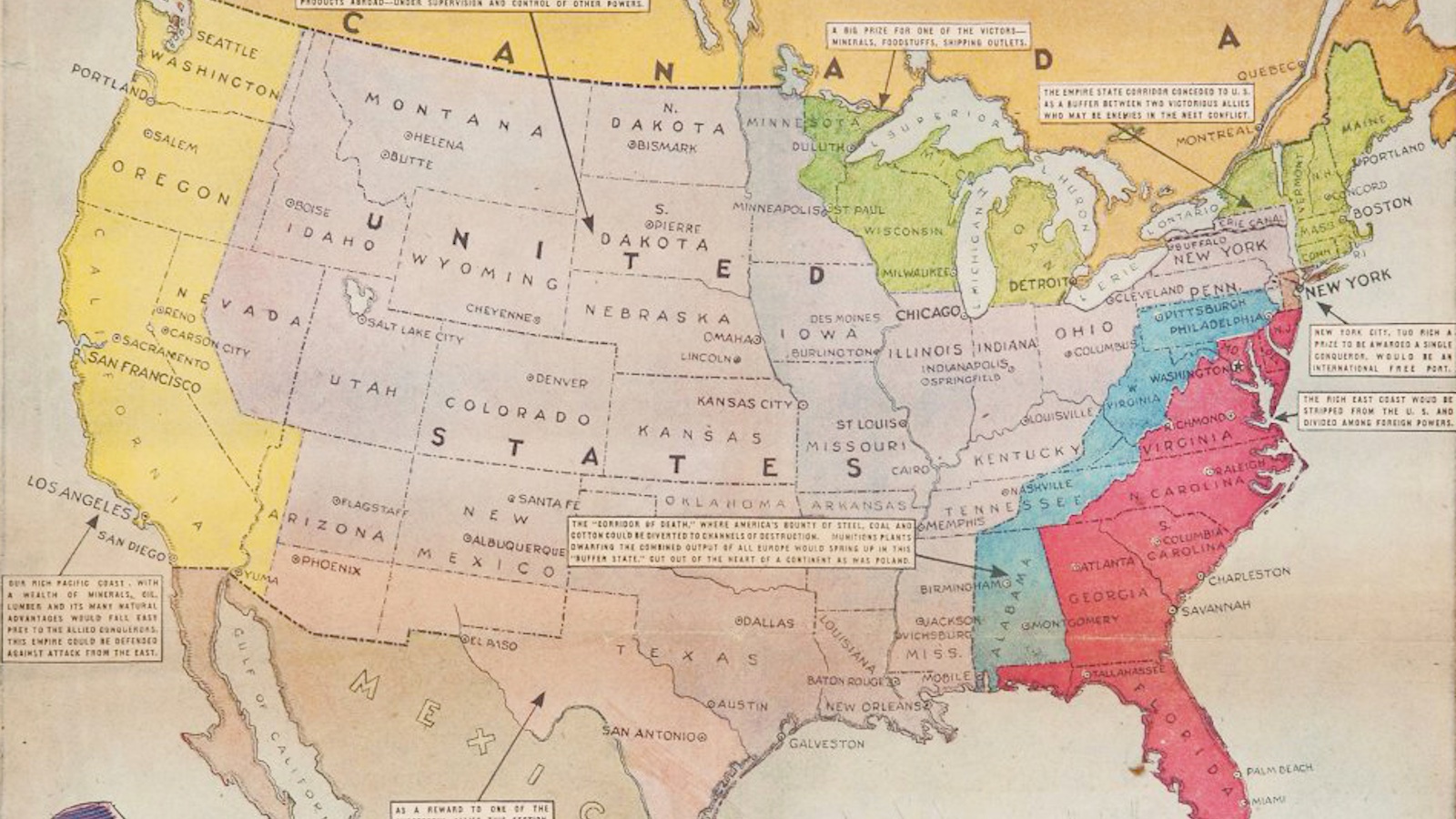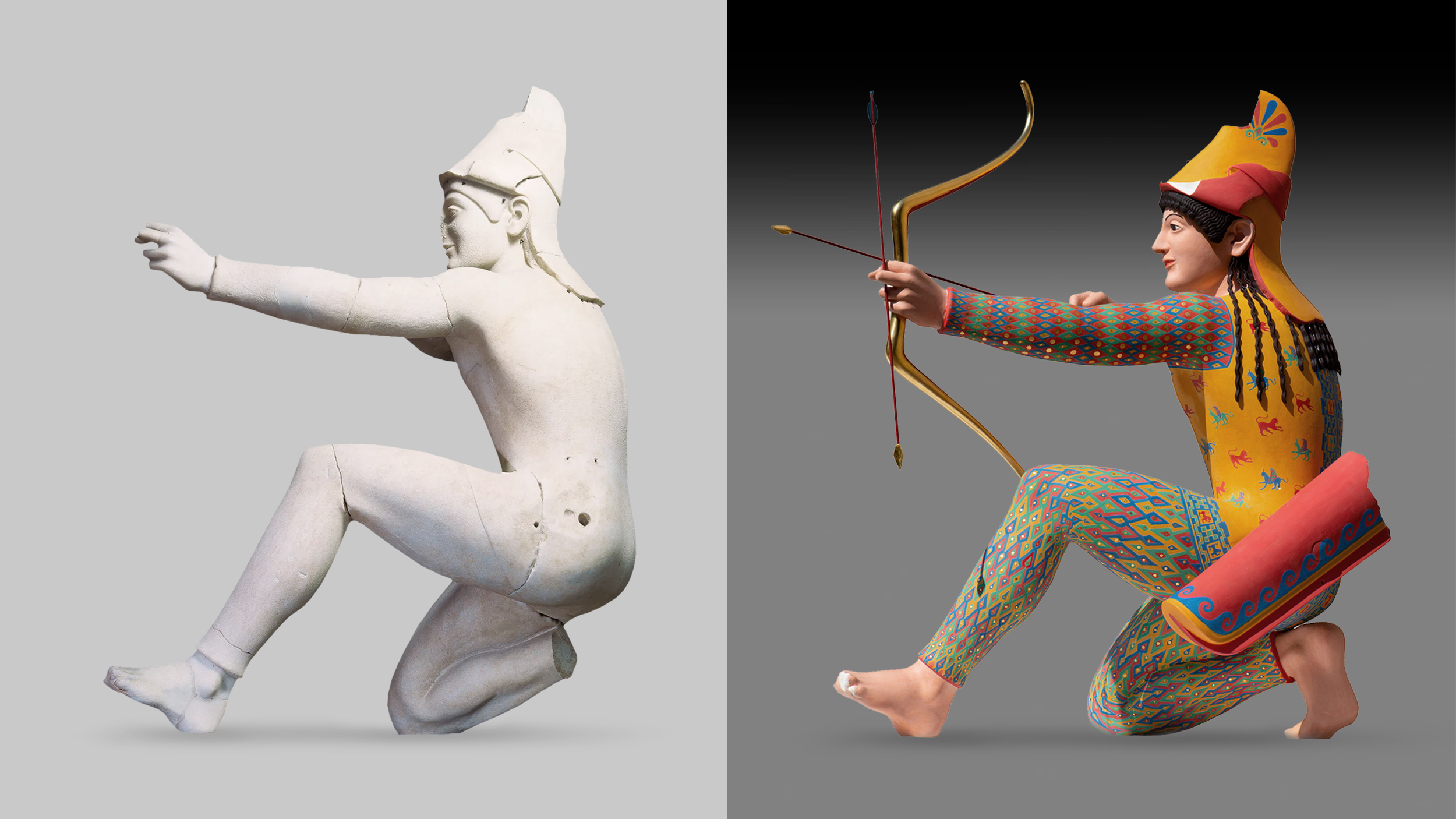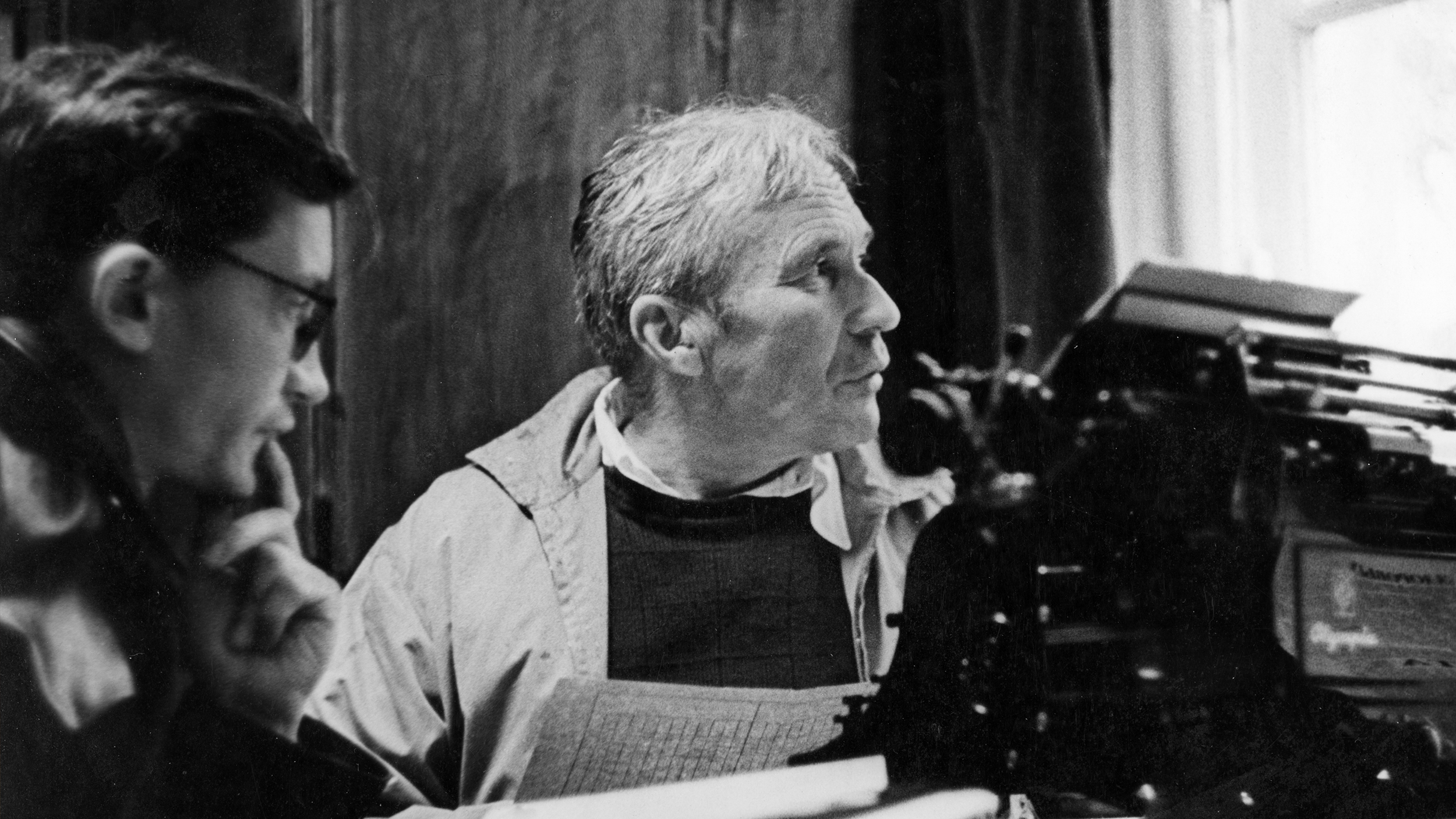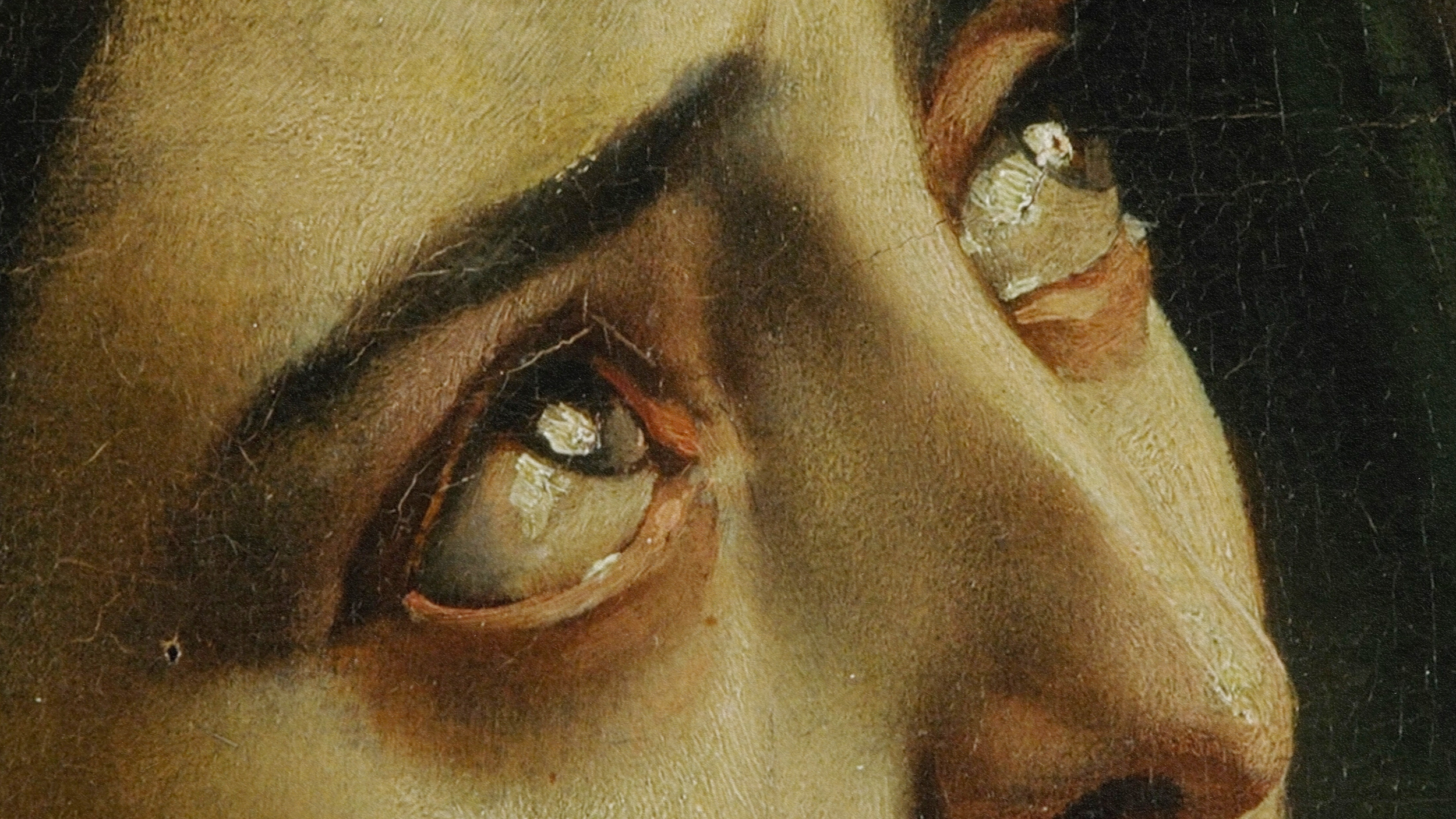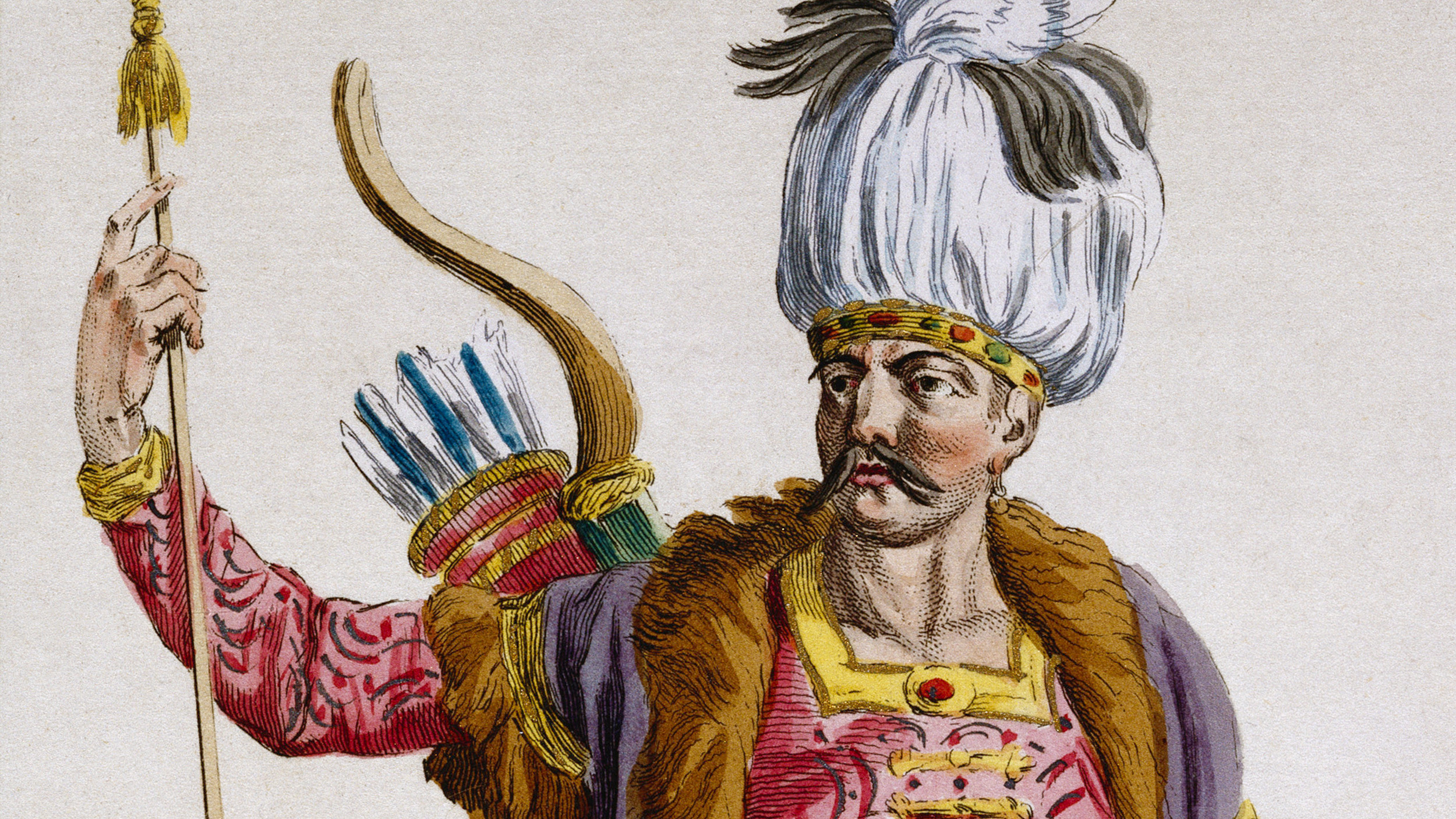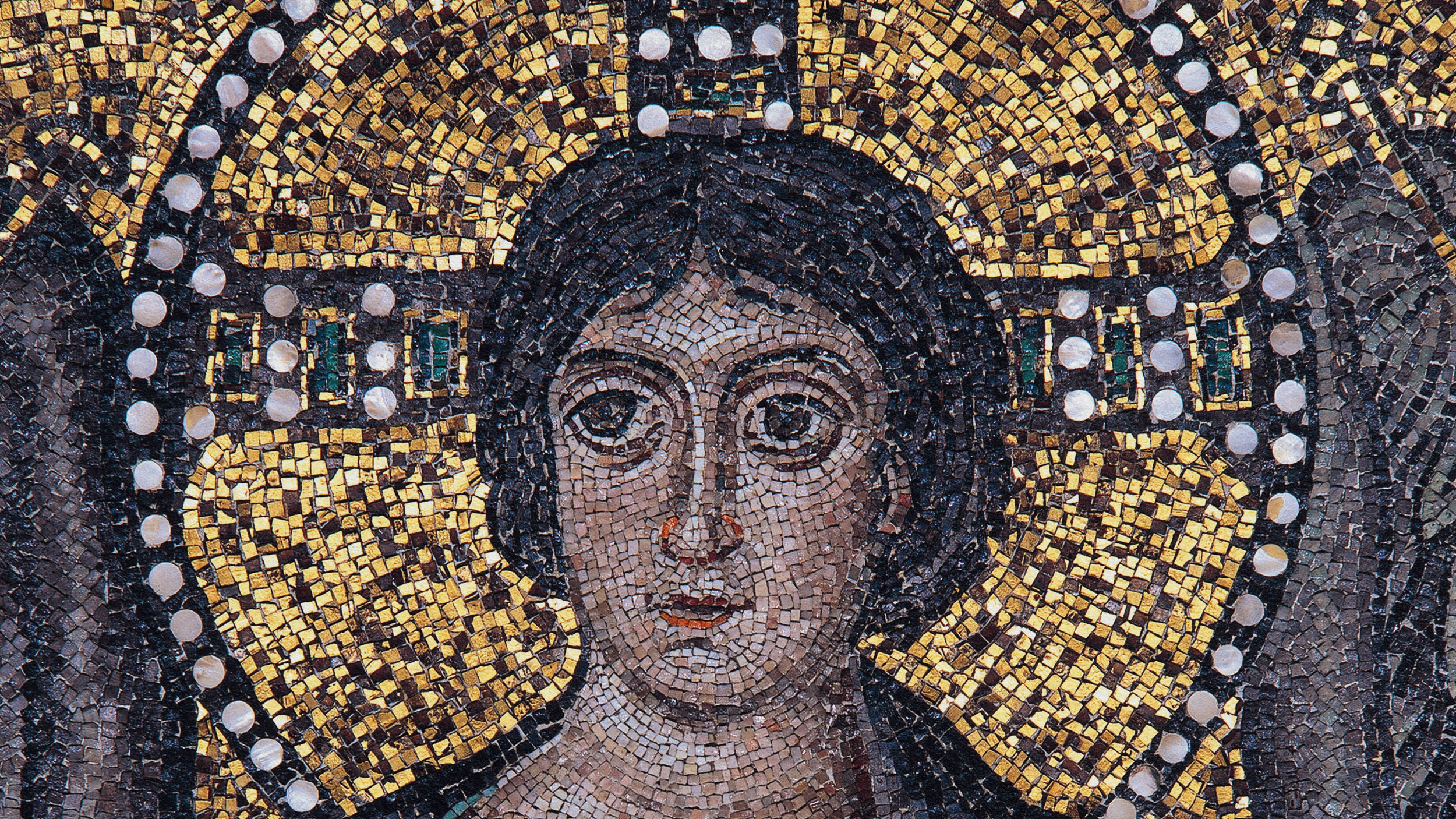history
Ideal models of family life have been broken by societal, technological, and cultural shifts — and we need to rethink our options.
The author of Frankenstein had an obsession with the cemetery and saw love and death as connected.
As the Manhattan Project headed for completion, German attempts to build a nuclear weapon had already been dismantled.
Explore how belief shapes destiny, from Oedipus Rex to modern geopolitics.
A 1.5-million-year-old hominin bone shows signs that the victim was eaten by lions — and humans.
The use of the letter x as an unknown is a relatively modern convention.
In many ways, it was worse than Chernobyl.
Today, many Maya sites are polluted with toxic levels of mercury. The contamination likely originated from cinnabar paints and art.
Ice harvesters once made a living from frozen lakes and ponds, but the work was strenuous and dangerous. Then refrigeration changed everything.
The arsons were no accident, archaeological evidence suggests.
A brief look at the six-decade challenge to psychiatry.
The global extent of the Revolutionary War surprises many Americans today — but it was crucial to independence.
Only Caesar lived to tell the tale.
You could send your potential paramour a perfume bottle, a cigar cutter, travel plans — or maybe some cocaine.
These landscapes — of geographical differences in head shapes — have vanished from acceptable science (and cartography).
Meet the masterful con-men who impressed the great and the good despite the astonishing fiction of their very existence.
Almost all royal lines try to legitimize their rule with legendary origin stories. Here are five of the strangest examples.
The Te’omim Cave in the Jerusalem Hills is filled with skulls and oil lamps — objects a new study says may have been used in dark rituals.
Fossil Cycad National Monument held America’s richest deposit of petrified cycadeoid plants, until it didn’t.
From the laying out of the body plan to the organization and functioning of our nervous system, cells rule gene expression and make us who and what we are.
What better explains the prevalence of heavy metal in Scandinavian countries: culture or economy?
Alchemy had its golden age in the 17th century, when it counted Isaac Newton and Robert Boyle among its adherents.
Opponents of America’s entry into the looming Second World War believed the U.S. would be dismembered.
These clocks burn powdered incense along a pre-measured paths, each representing a different amount of time.
Those white, marble statues you see in museums all over the world were originally painted with bright colors.
Probability, lacking solid theoretical foundations and burdened with paradoxes, was jokingly called the “theory of misfortune.”
Our state of extreme social interconnectedness has rapidly accelerated the rollercoaster pace at which societal confidence may collapse.
Mounted on horses and armed with unique, powerful bows, the archers of Genghis Khan inspired terror wherever they rode.
A classical equivalent to Chanel No. 5.
